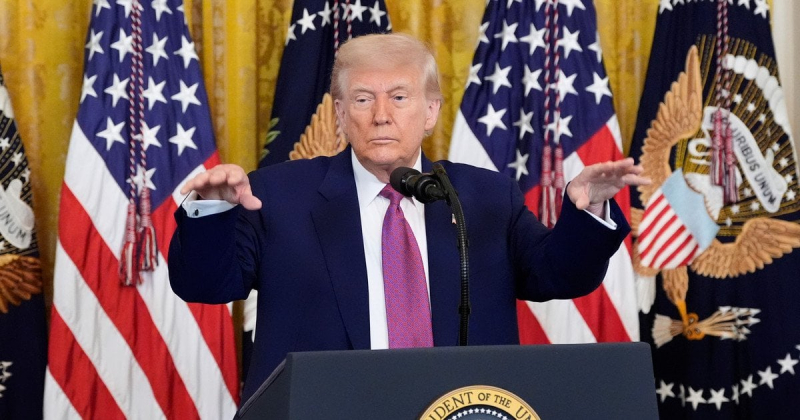A few months later, Trump managed to resume informal contacts with Iran, and then threatened its regime with collapse – what does this mean?

US President Donald Trump has vowed to avoid new wars while in office. But his “swift and unexpected” moves on Iran and Israel have left much of Washington and many American allies puzzled.
This is reported on Fox News.
“In the space of a few months, Trump has gone from resuming informal contacts with Iran to threatening its regime with collapse. He has kept Israel at arm’s length, skipping it during his regional tour before signaling support again. He has lifted U.S. sanctions on Syria’s Islamist leader, long considered untouchable in Washington. And he has made headlines by hosting Pakistan’s army chief at the White House, despite India’s public objections,” the reporters recalled.
Critics call Trump's actions contradictory.
But if you step back, a pattern begins to emerge. It’s not about ideology, democracy promotion, or traditional alliances. It’s about access. Geography. Trade,” the journalists say.
In particular, this could involve restarting a long-term infrastructure project designed to bypass China and return the United States to the center of the strategic economic corridor running from India to Europe.
According to the authors of the material, this project is called the India-Middle East-Europe Corridor (IMEC).
“Most Americans have never heard of it. It was launched in 2023 at the G20 summit in New Delhi as a joint initiative between the United States, India, Saudi Arabia, the UAE, and the European Union. Its goal? To build a modern infrastructure link that will connect South Asia to Europe without passing through Chinese territory or relying on Chinese capital,” the media explains.
IMEC’s vision was bold but simple: Indian goods would travel west by rail and through Gulf ports, through Israel, and on to European markets. Along the way, the corridor would connect not just trade routes but pipelines, digital cables, and logistics hubs. It was the first serious alternative to China’s Belt and Road Initiative—a way for the U.S. and its partners to build influence without deploying troops.
However, before construction could begin, war broke out in Gaza.
Hamas’s October 2023 attacks and Israel’s military response plunged the region into crisis. Talks to normalize relations between Saudi Arabia and Israel collapsed. The Red Sea became a war zone for shipping. And capital flows from the Gulf ground to a halt. The corridor—and the broader idea of using infrastructure to connect the region—were quietly shelved.
Pitfalls and ways to unlock them
“Trump's moves, taken individually, appear disjointed. But taken together, they fit the logic of removing infrastructure bottlenecks. Trump may not be drawing the maps in the Situation Room. But his instincts — about leverage, deal-making, and unpredictability — are removing the very obstacles that stopped IMEC in the first place,” the US says.
According to journalists, the US President's approach to Iran is a “vivid example.”
“In April, informal contacts on the nuclear program resumed. In May, a ceasefire was reached in Yemen, reducing attacks on shipping in the Persian Gulf. In June, after Israeli strikes on Iran, Trump ramped up his rhetoric, calling for Iran’s ‘unconditional surrender.’ This combination of attraction and pressure may seem chaotic. But it reflects the approach that has cleared the diplomatic path with North Korea: take the heat off, then apply public pressure,” Fox News added.
Recall that Iran made a statement about negotiations, rejecting the chance of negotiations with any side in the wake of Israeli attacks.

